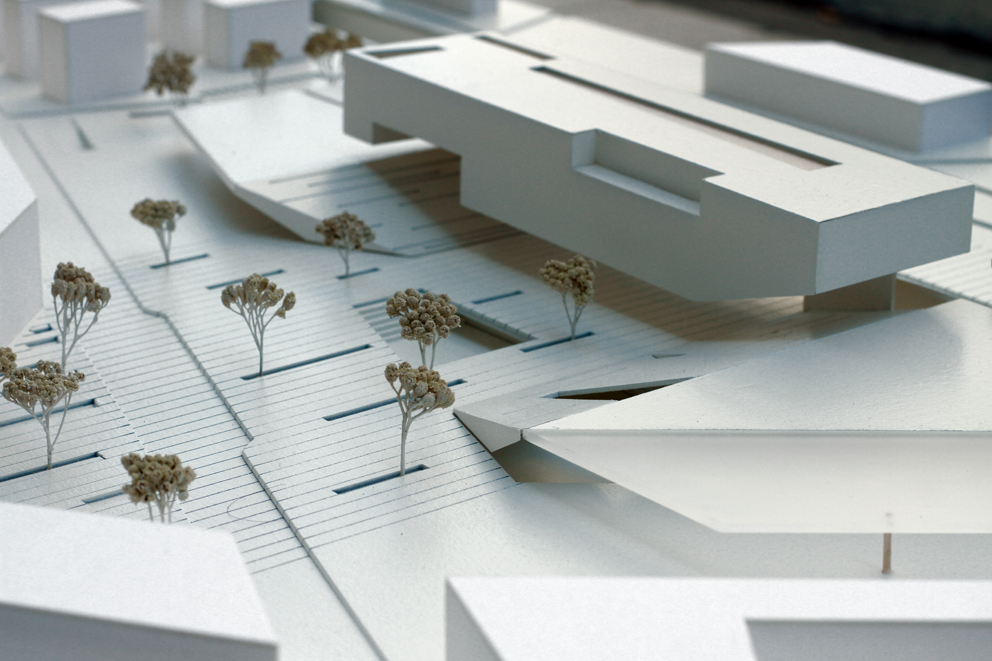Volume in models is an important aspect to consider. The volume or scale of the model varies depending on the client's objective, and this is crucial for companies in terms of the legality of the model created by the model maker in the industry.
There are different volumes in various scales that are officially established according to specific construction and compliance regulations. Volumetrics and metrics, as architectural sciences, address this issue to smoothly calculate the size of a model.
In addition to the model, these are the types of modeling where volume analysis is required: 3D perspectives, sales plans, mass modeling, building and city mockups, and even 360-degree VR.
How to Calculate the Volume of a Model?
Before the use of digital tools for volume calculation, there were more traditional techniques like the grid method, where a grid was placed over the model and the support of the décor to enable drawing the representation square by square.
Nowadays, modeling is done through 3D software, and printers play a central role in model-making. With certain virtual configurations, it's possible to achieve volumes in the HO scale (half-zero scale) or volumes that comply with the "Permis de Construire" scales for urban permits.
Purposes of Volume
Prescribed scales like the HO scale create a universal measurement for modeling in the field of railways. In such cases, the volume of all objects is determined by a railroad track, and therefore, the parts are scaled down from this scale to facilitate the presentation of any given project.





